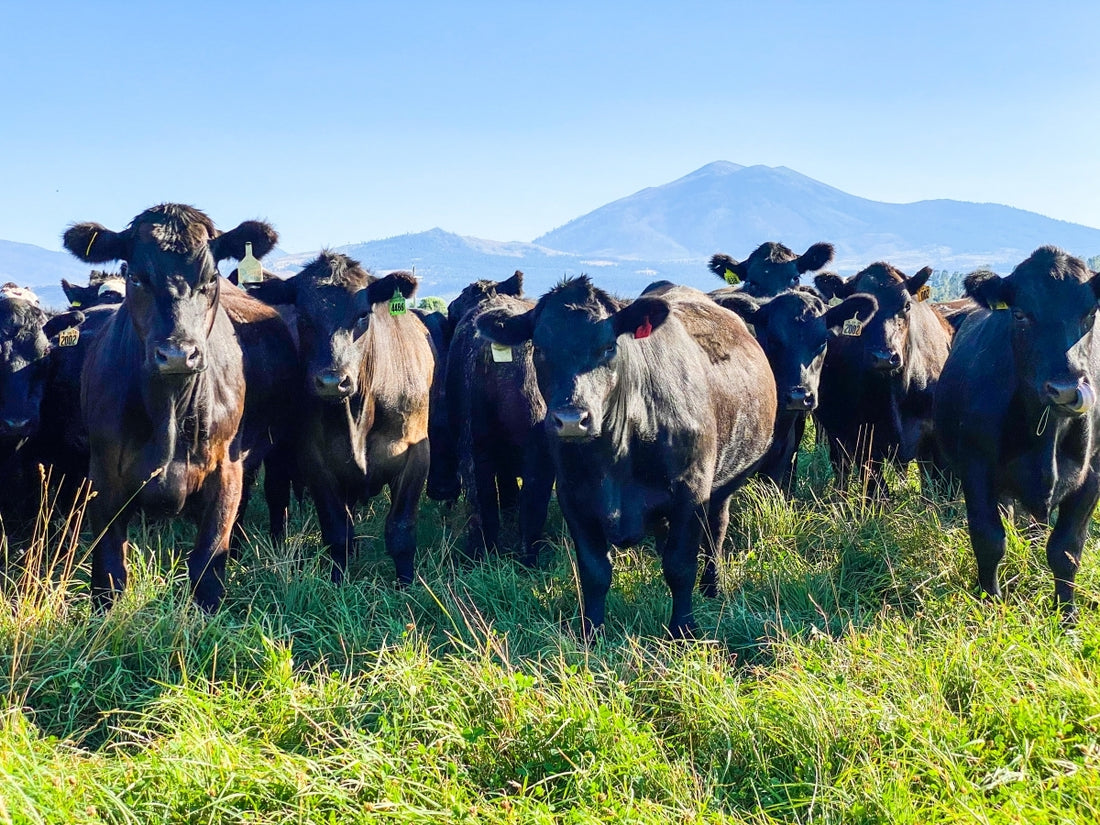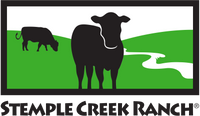
Understanding “Pasture to Plate” - Part One
Pasture. It’s where the conversation begins.
Our business depends on the lush grass in our fields to feed our livestock. Our cattle enjoy a free-range pasture-centered life from birth to harvest. They are 100% grass-fed and finished on organic forages. To raise our cattle this way we need to maintain healthy soil that will sustain the long-term growth of the natural grasses & perennial plants they eat.
How do we accomplish this? We steward the land by using regenerative practices that have been proven to draw carbon from the atmosphere and store it in the soil. We have one of the first carbon farm plans in the country and we are a demonstration site for the Marin Carbon Project. So far, our initial data shows that we sequester between 1000-3000 pounds of carbon per acre per year with our current management practices. We are still learning and excited about making positive soil health changes now and into the future.
Ensuring we have vibrant, nutritious pasture doesn’t happen by accident. Our practices are a multi-pronged approach in a never-ending dance with an unpredictable partner: Mother Nature.
These practices include:
- Rotating animals to a fresh new pasture daily.
- Spreading carbon-rich compost on pastures to increase fertility.
- Applying worm castings to our soil to increase biodiversity.
- We plant perennial tap-rooted species like chicory, plantain, and brassica to decrease compaction and access water and minerals deep in the soil.
- We plant trees and hedgerows in our riparian areas to slow erosion and increase carbon.
- These riparian areas are habitat to multiple species of animals including over 50 types of migratory birds that frequent our ranch.

Graphic Courtesy of Netflix's Ugly Delicious. The cattle depicted are Dairy Cows. Our breed of Cattle are Angus.
Our business is built on three pillars: Honesty, Transparency and Quality.
As we’ve grown we have looked for ways to expand our access to pasture year-round, while staying in alignment with our core values. We continuously adapt to meet the ongoing challenges of drought in California by leasing more pasture land in Shasta, Sonoma, and Humboldt counties. In addition to our home ranch based in Tomales, California, these leased pastures keep our cattle in fresh green grass on a continuous basis. We own all of the cattle in our program, and carefully select their genetics as well as the pastures on which they are finished. Working with a handful of other like-minded ranchers has allowed us to raise more cattle to meet demand while adhering to our management philosophy for land and animals.
Stay tuned for Part Two for our Three-Part discussion on Understanding Pasture To Plate: Processing.


